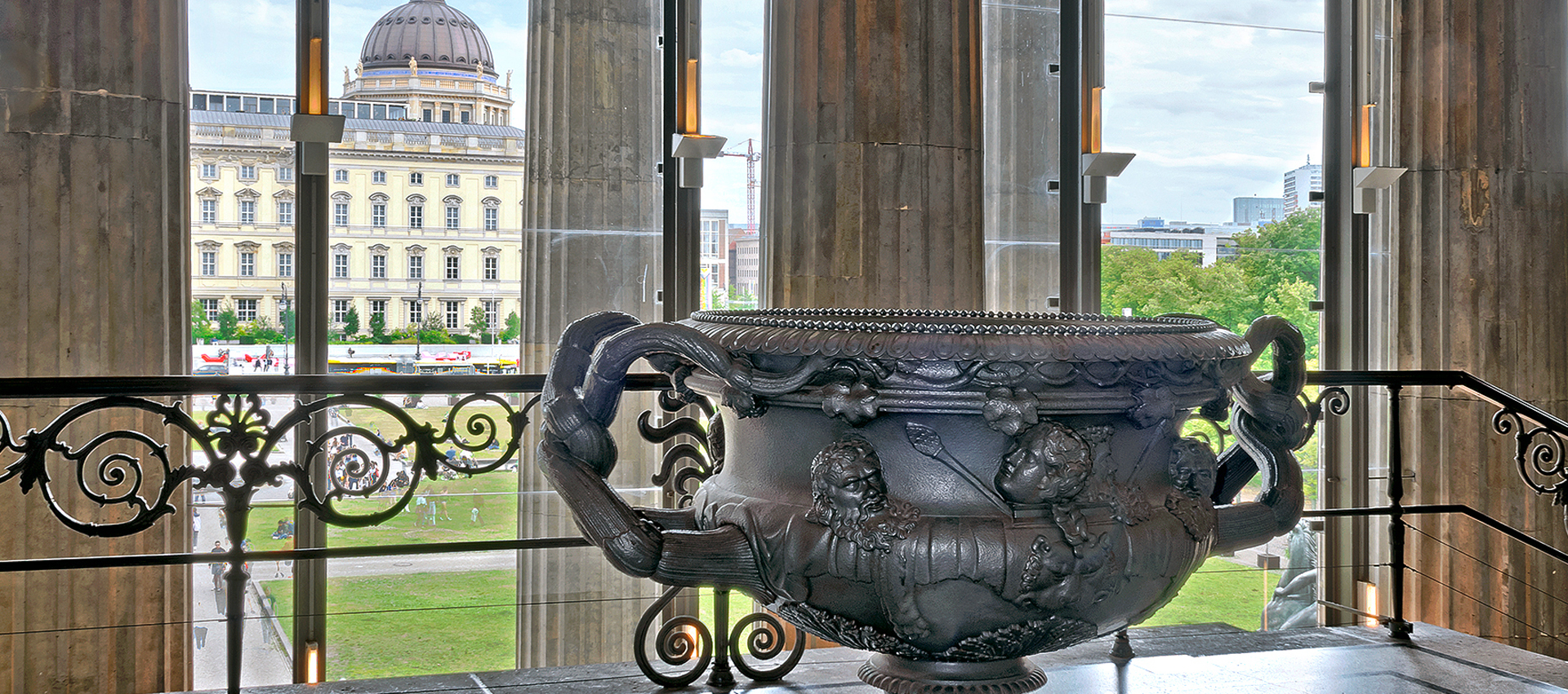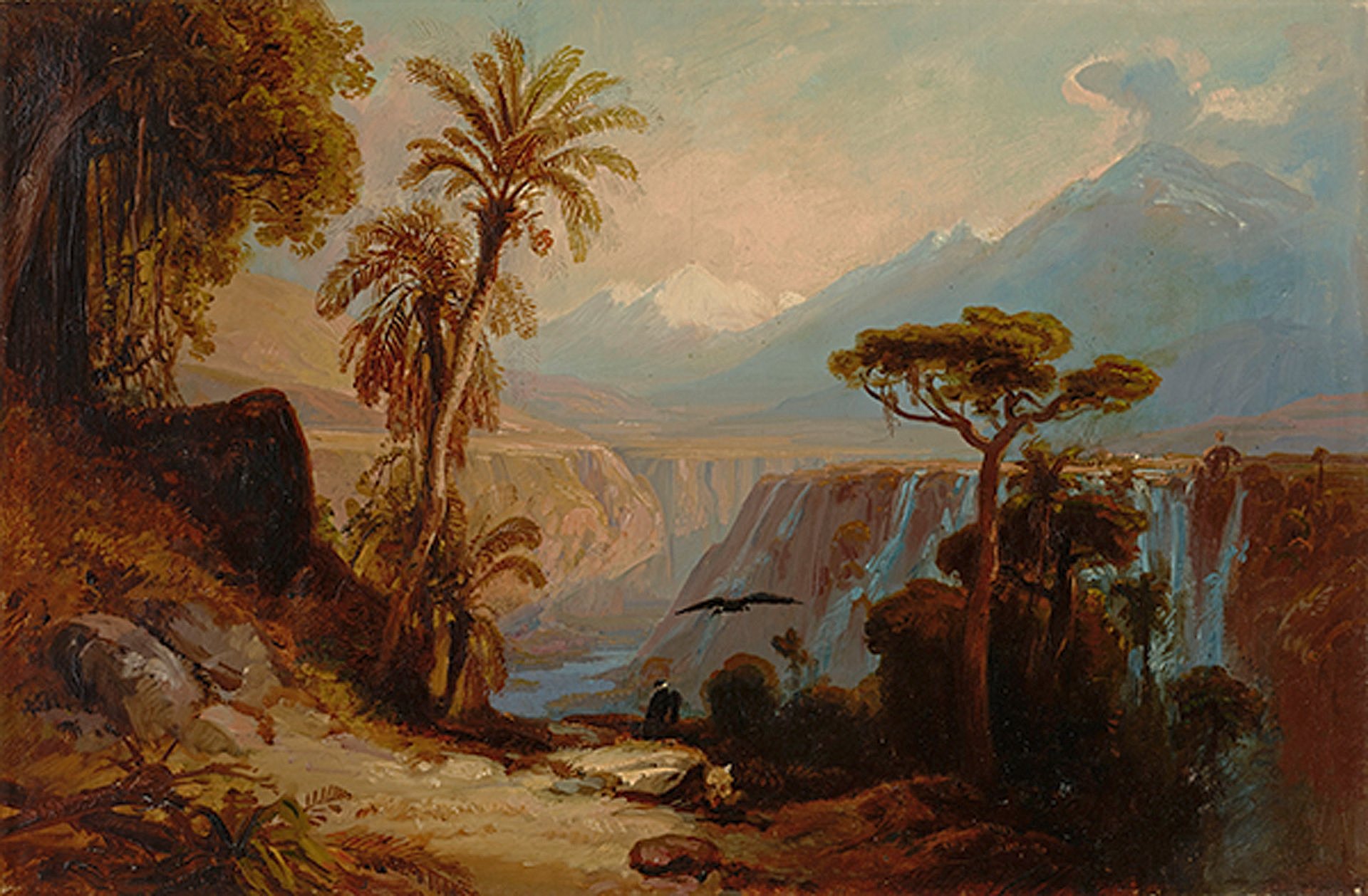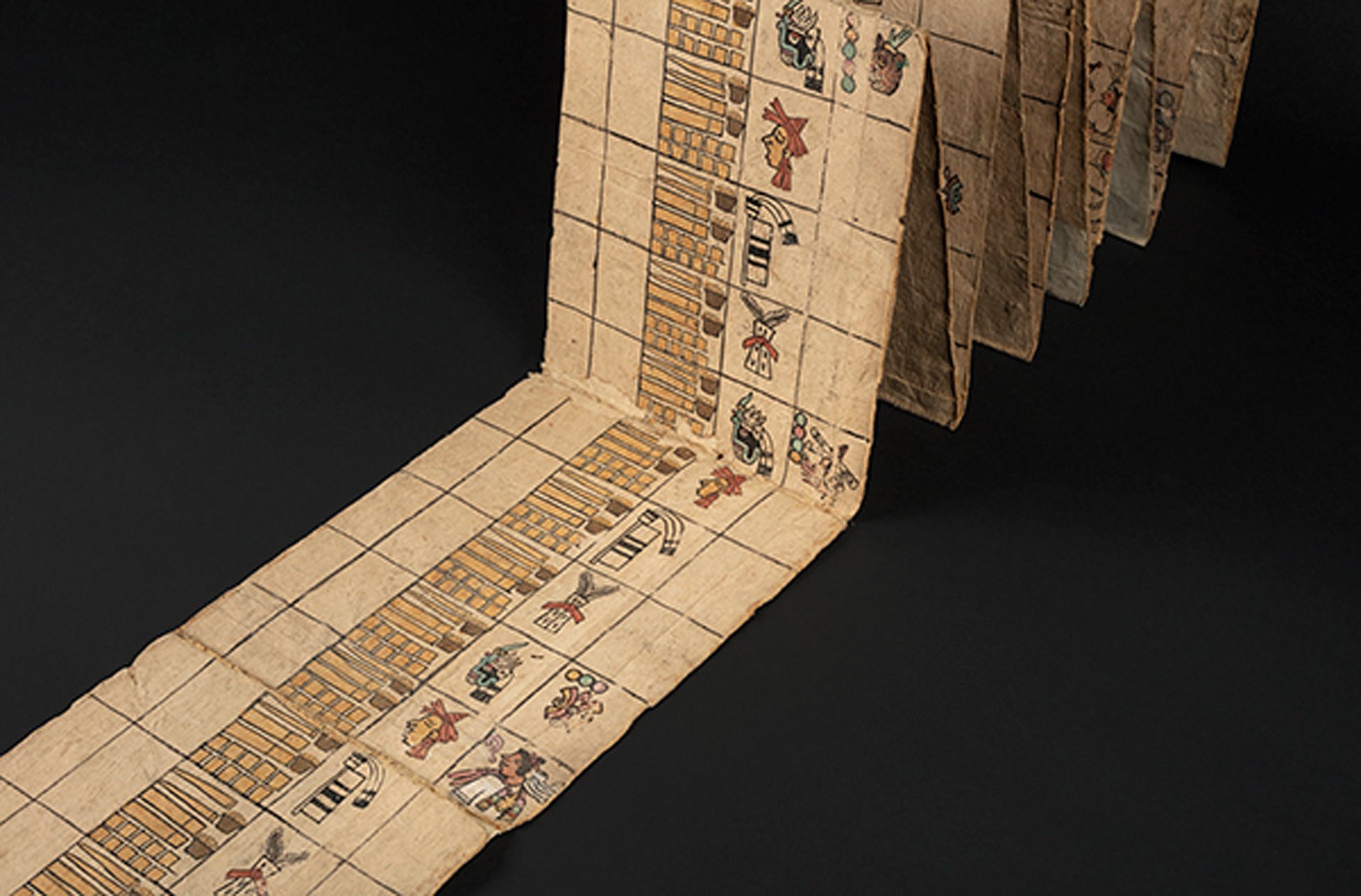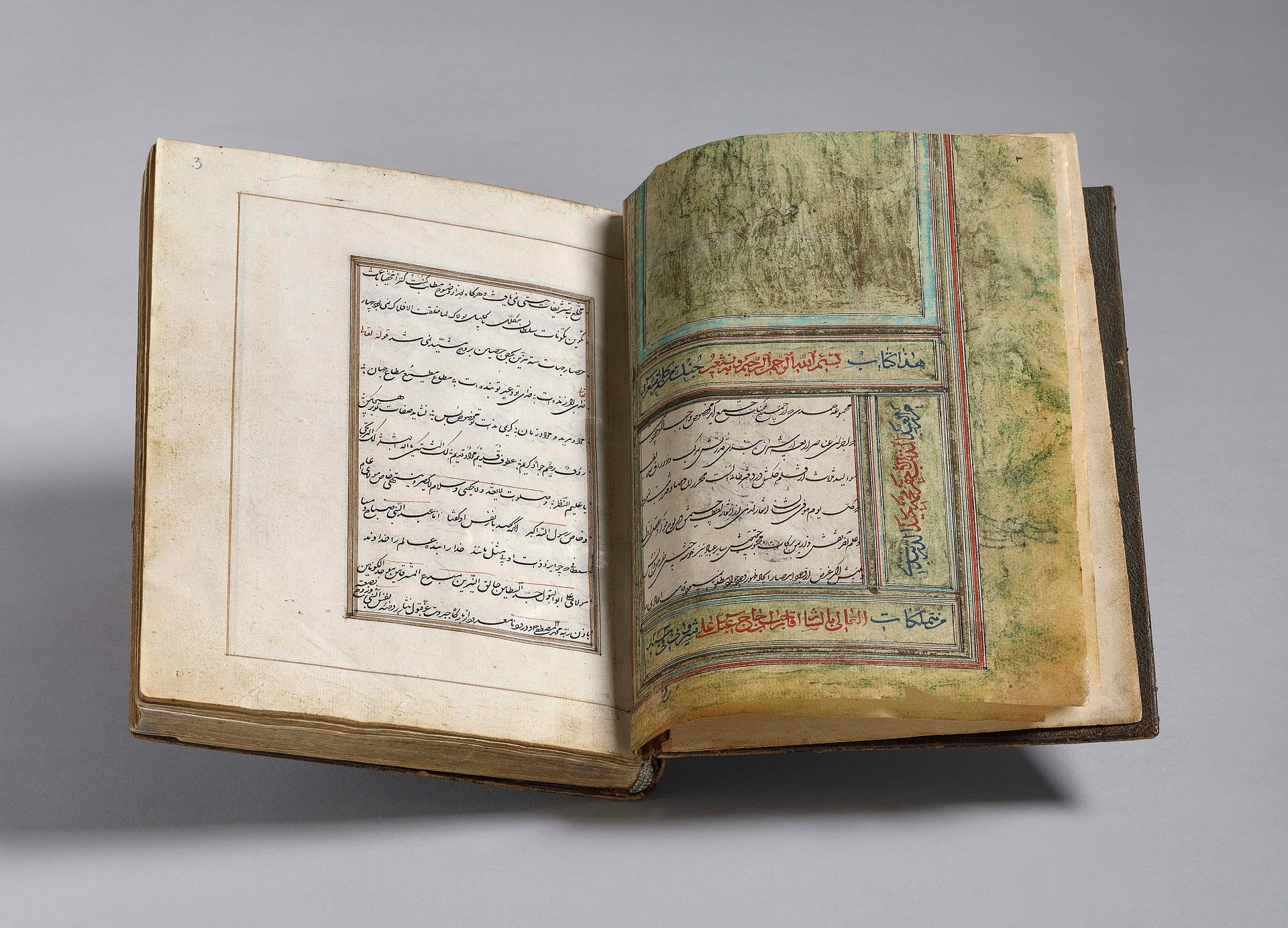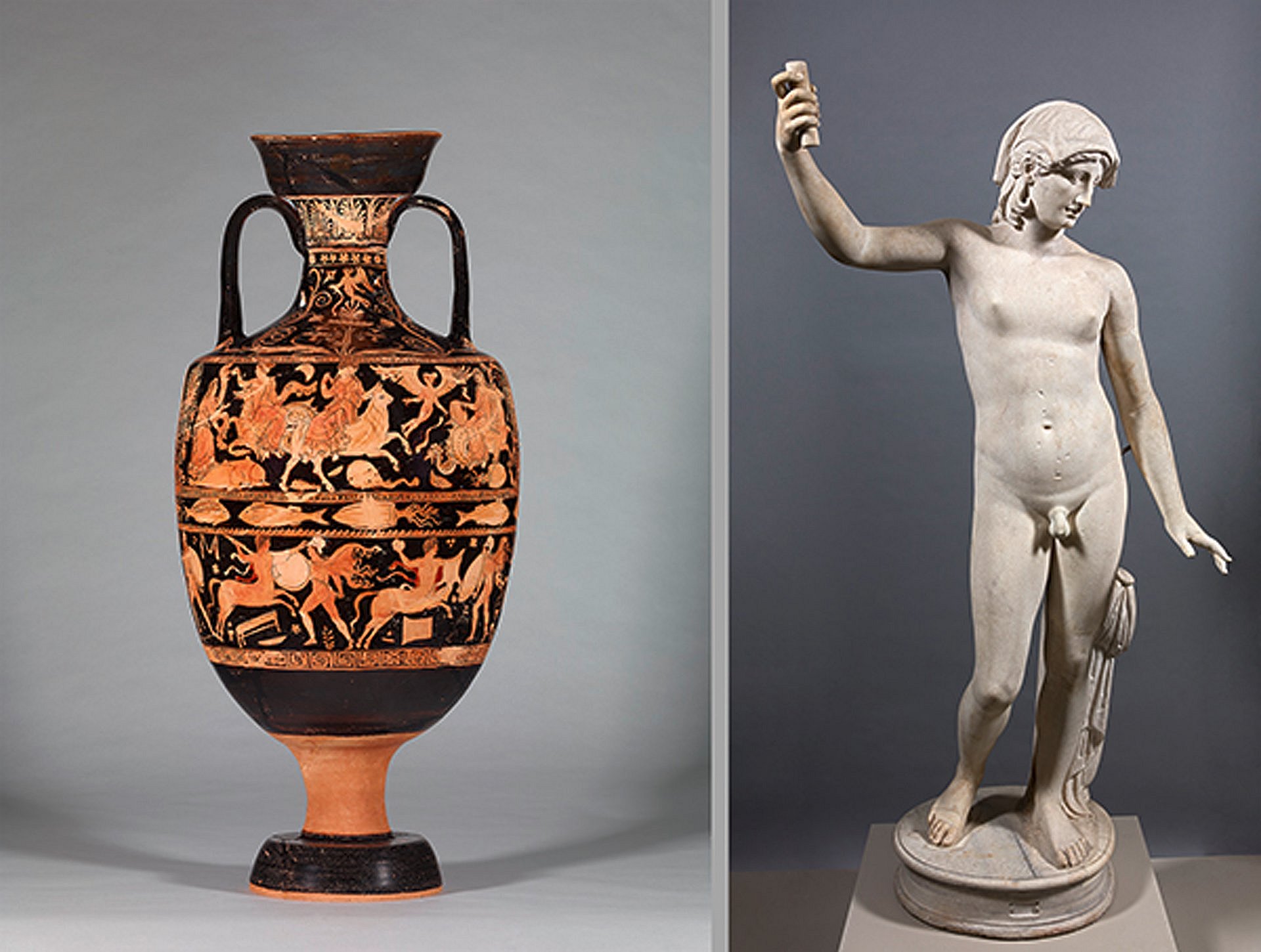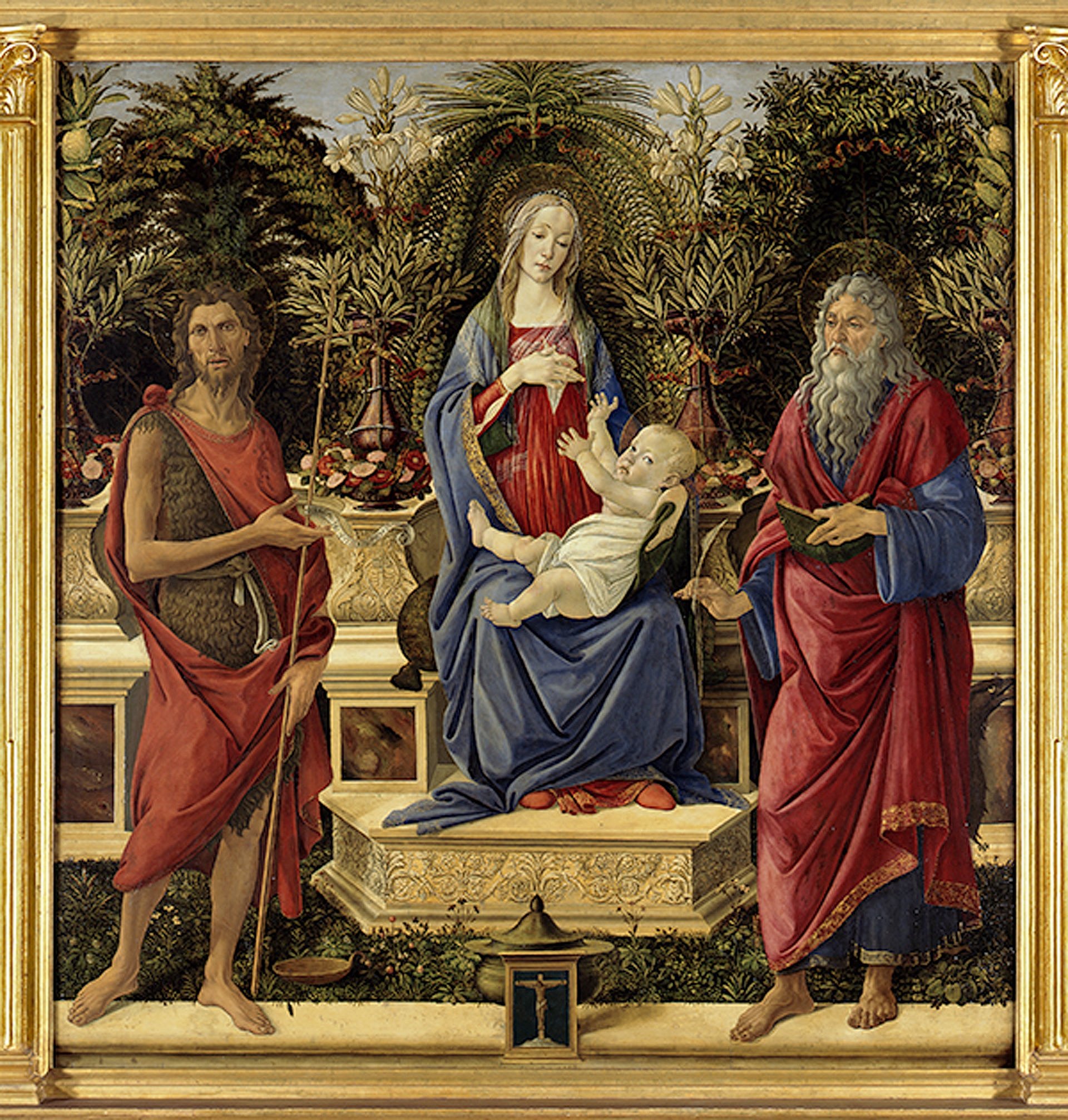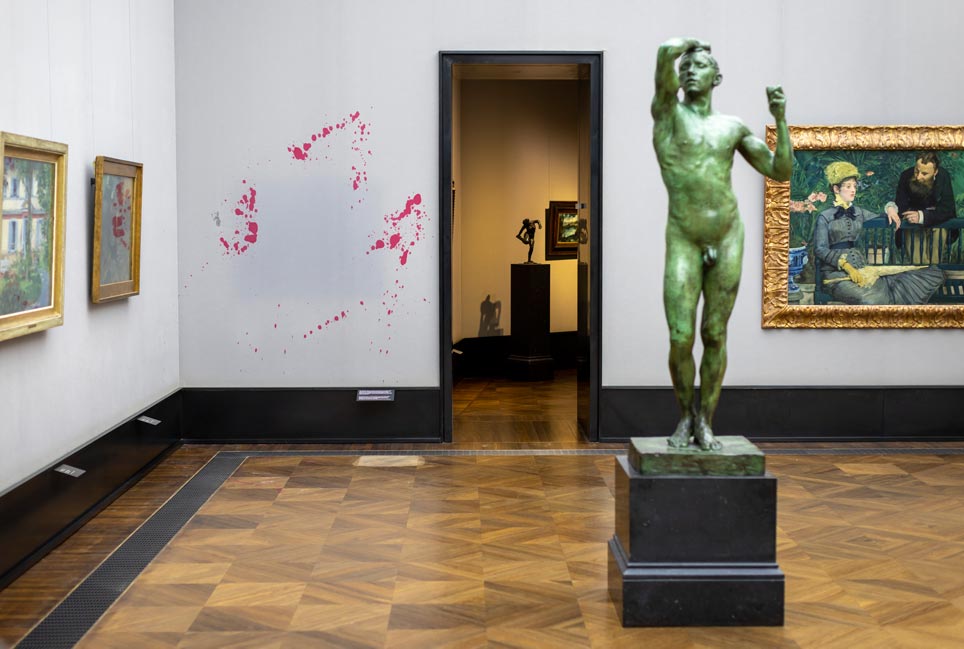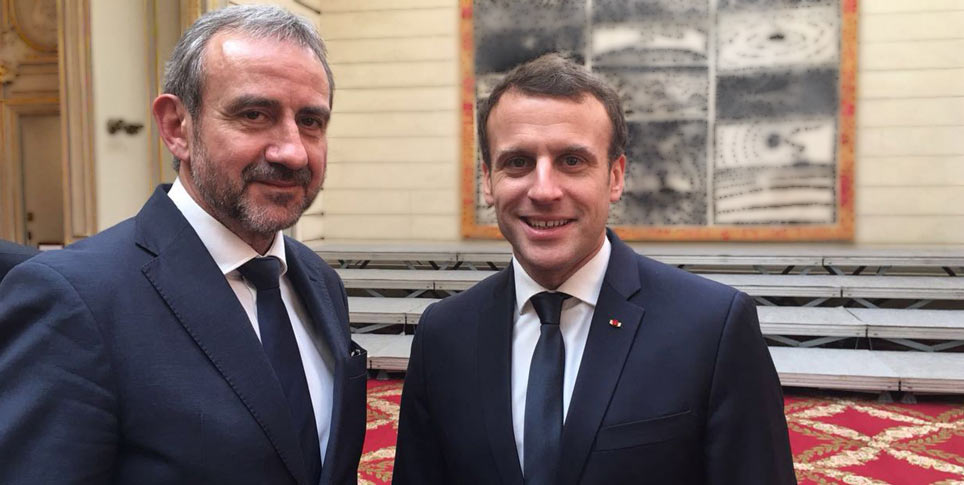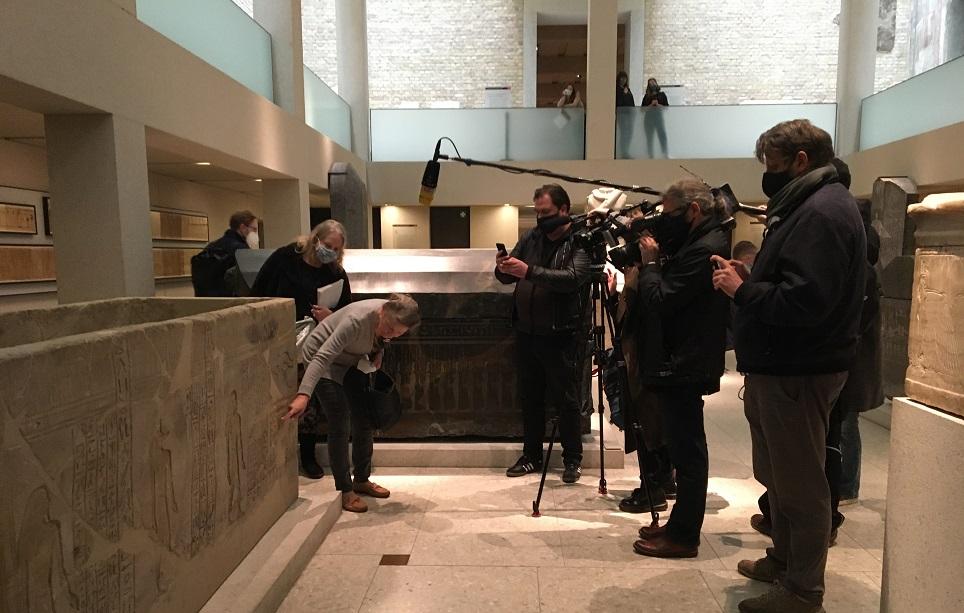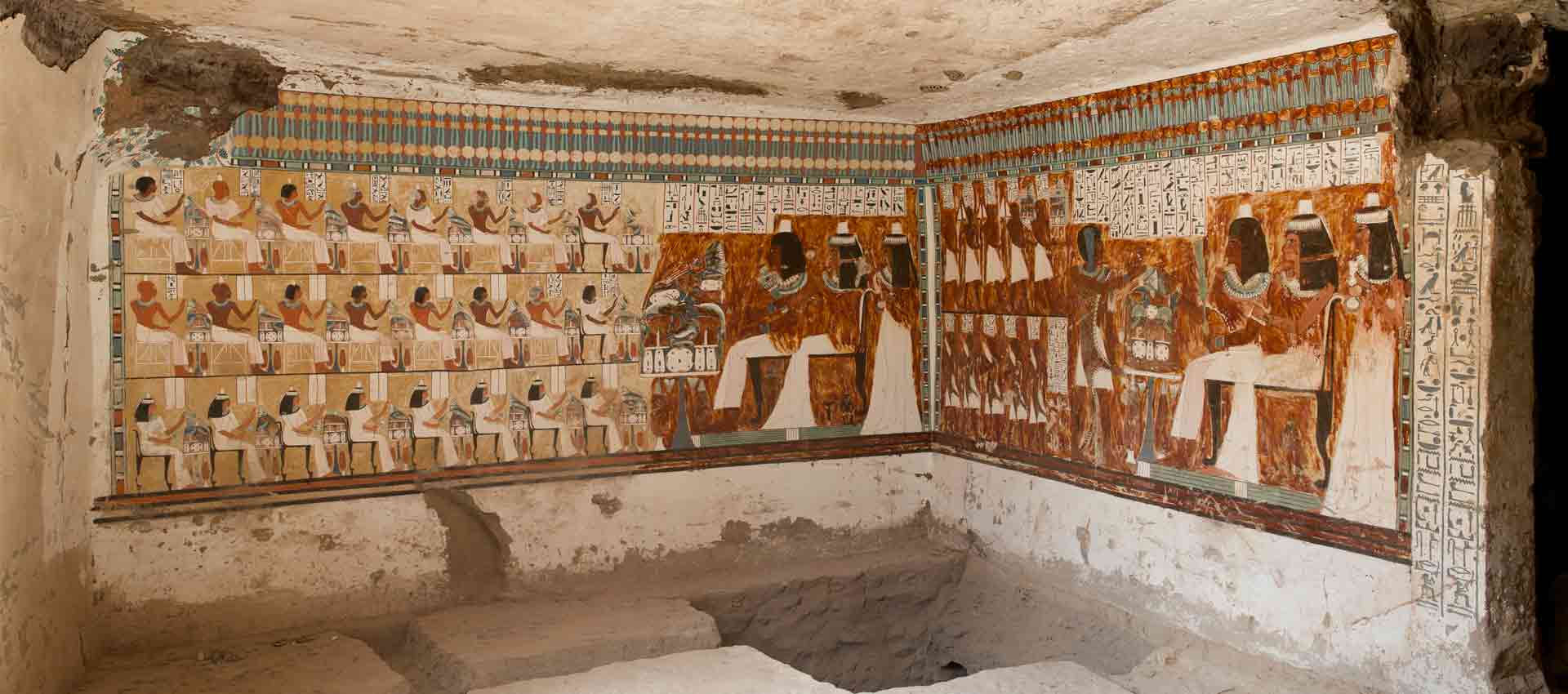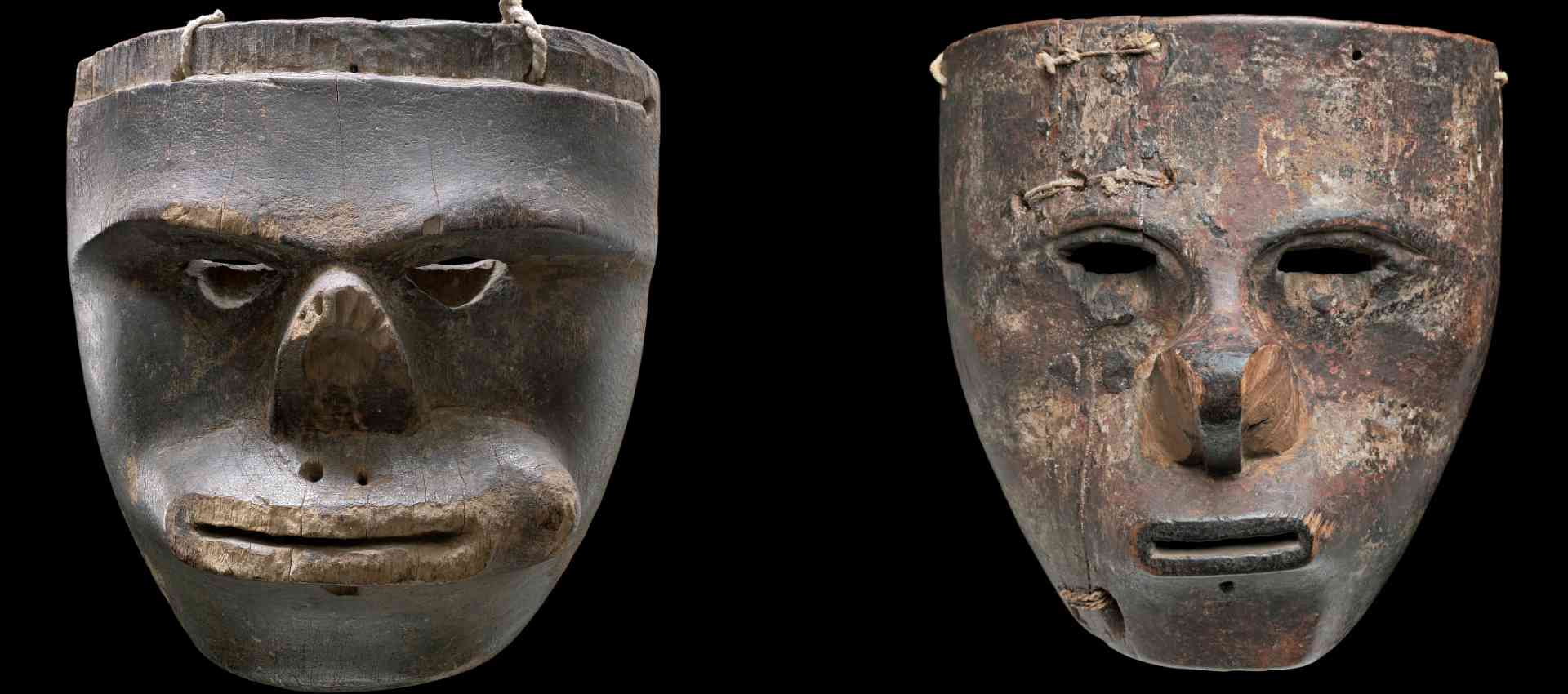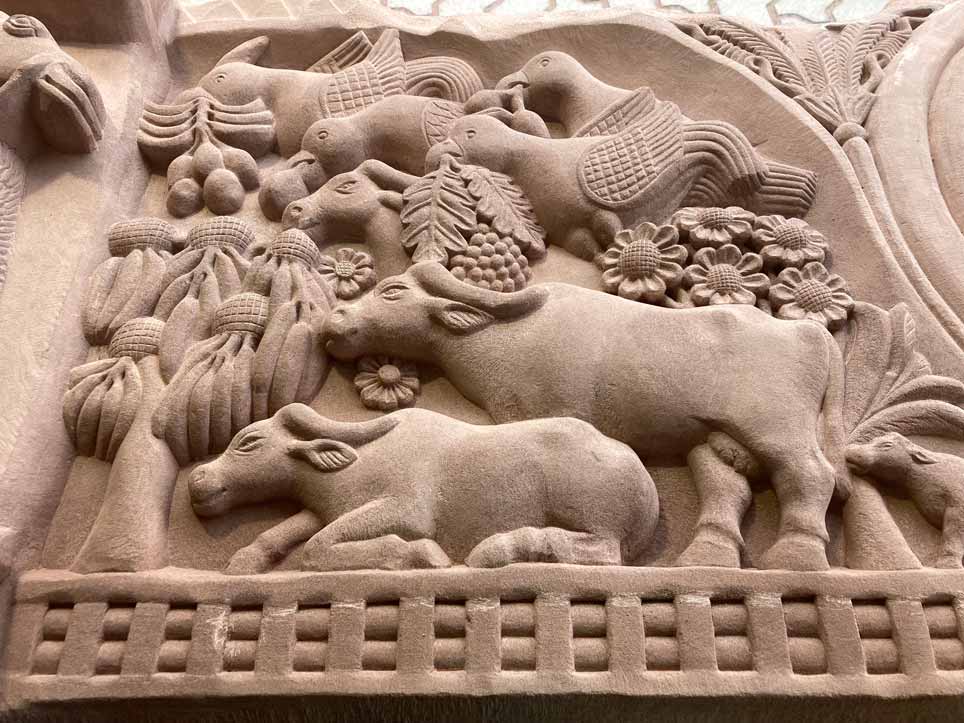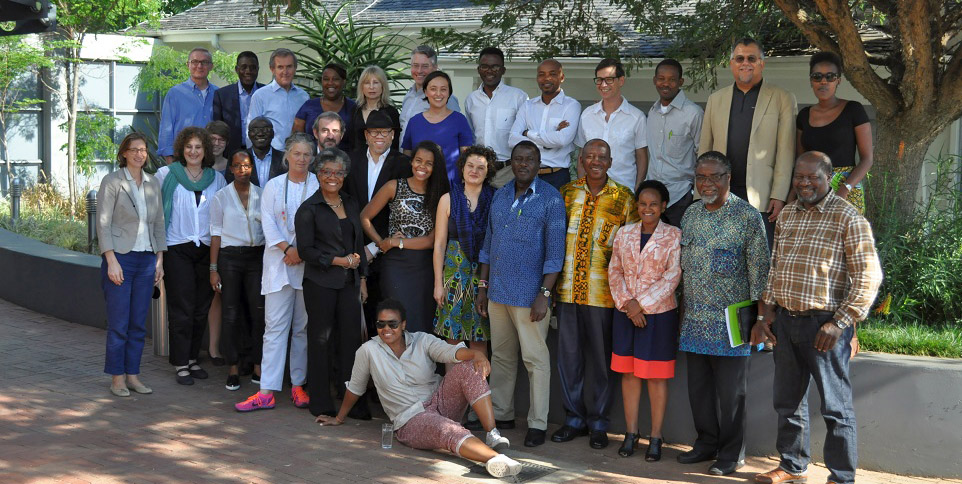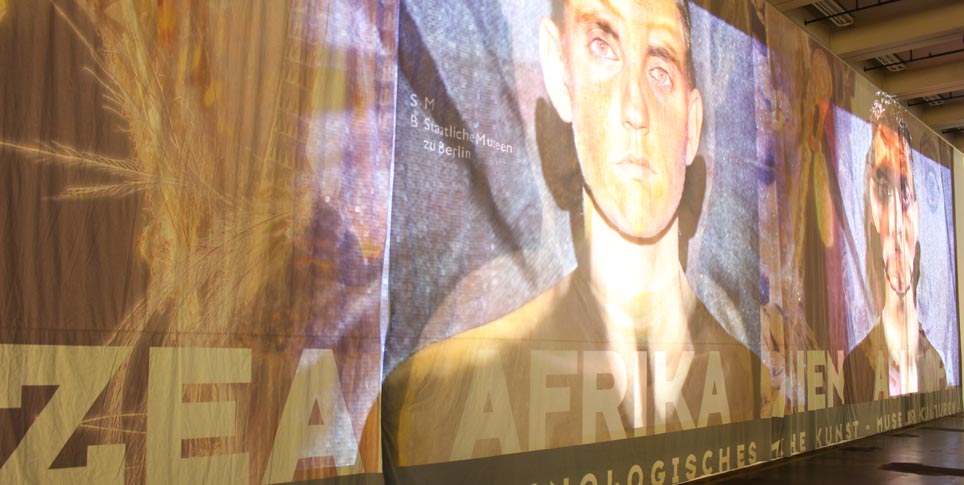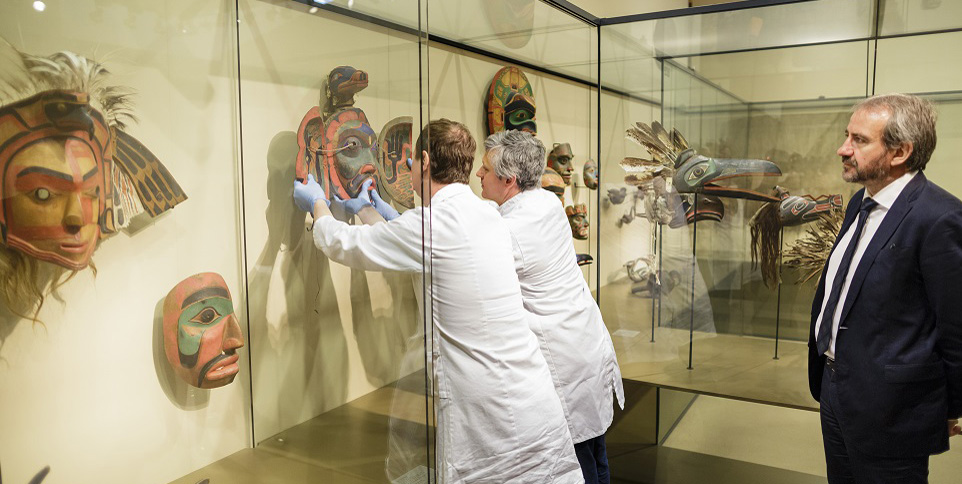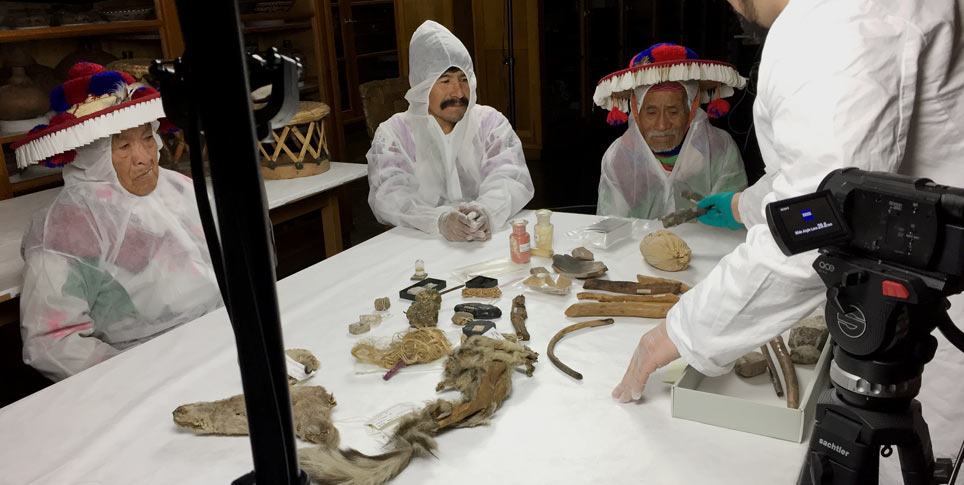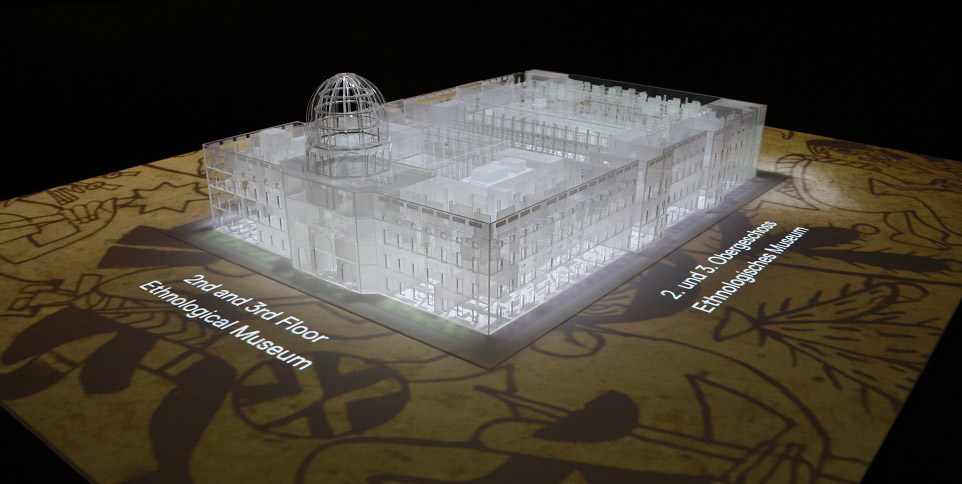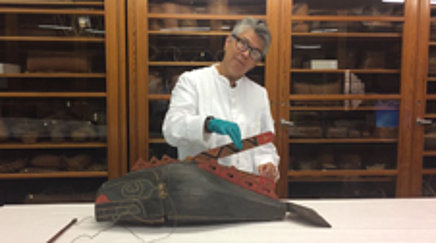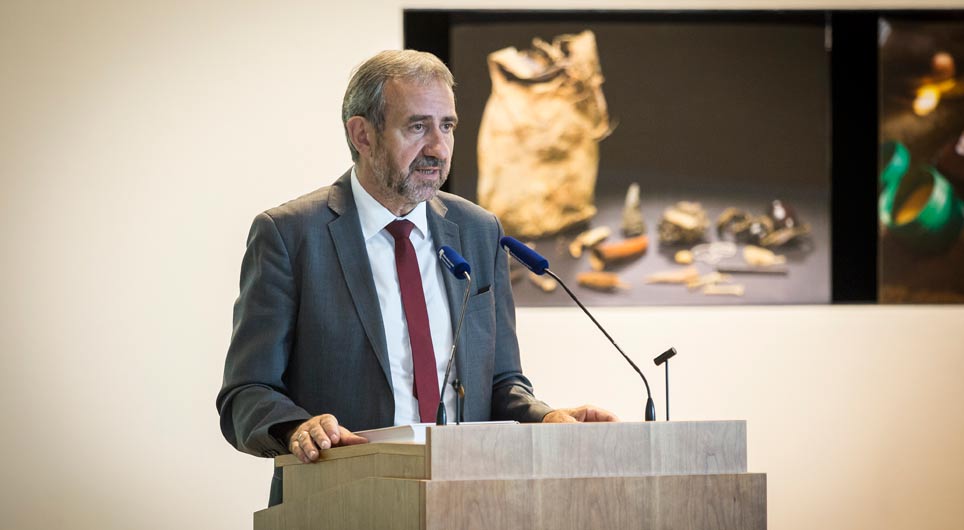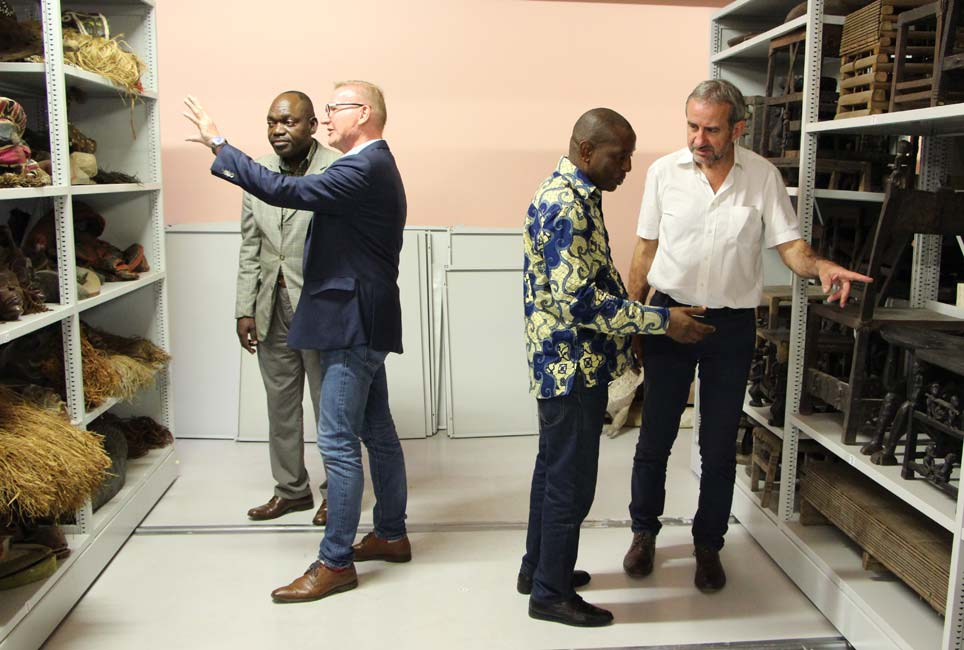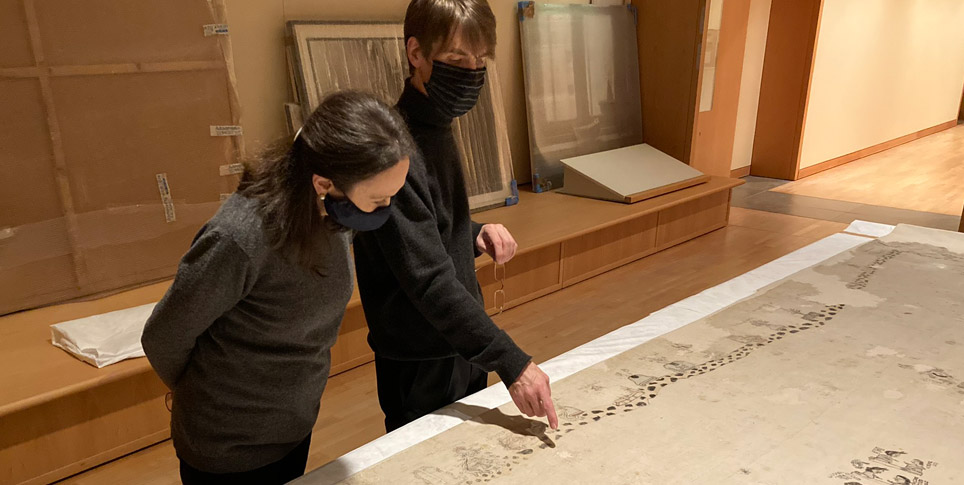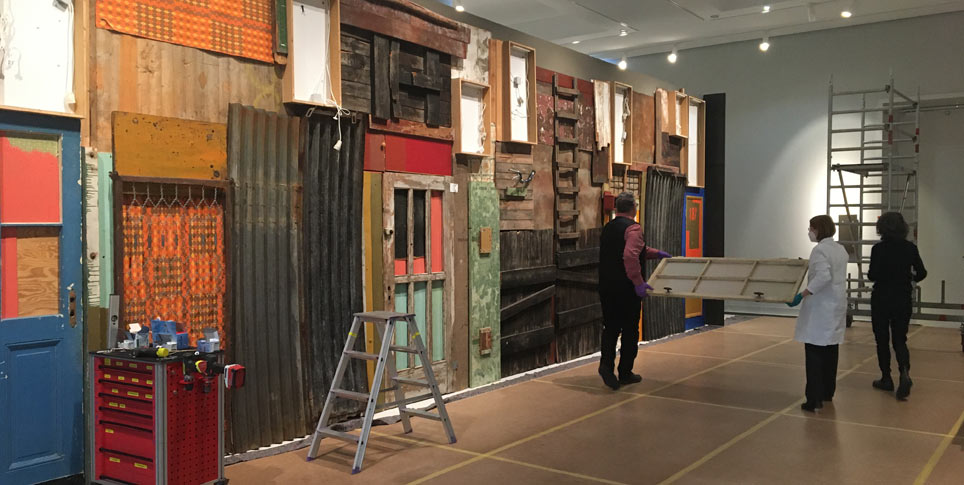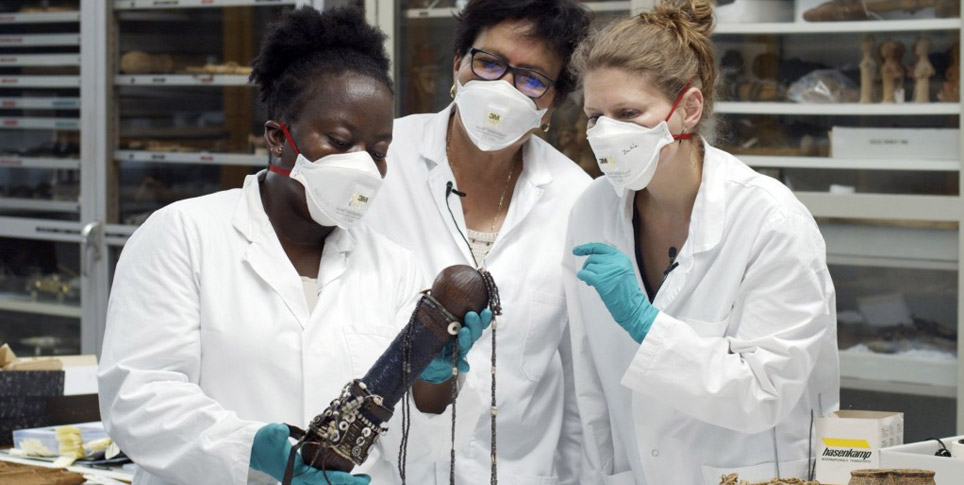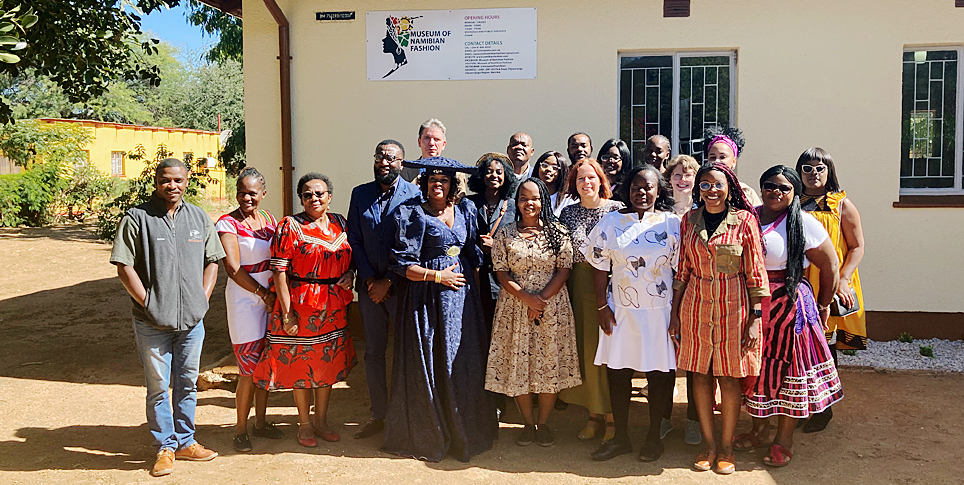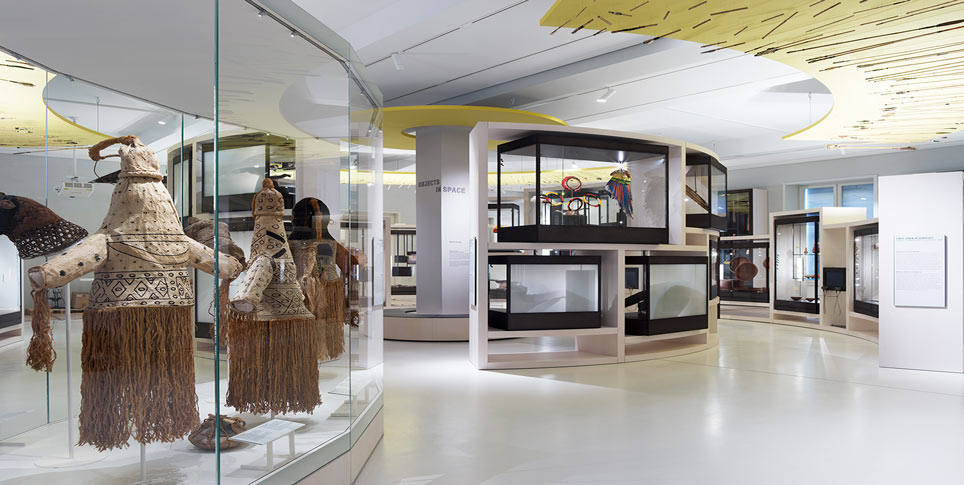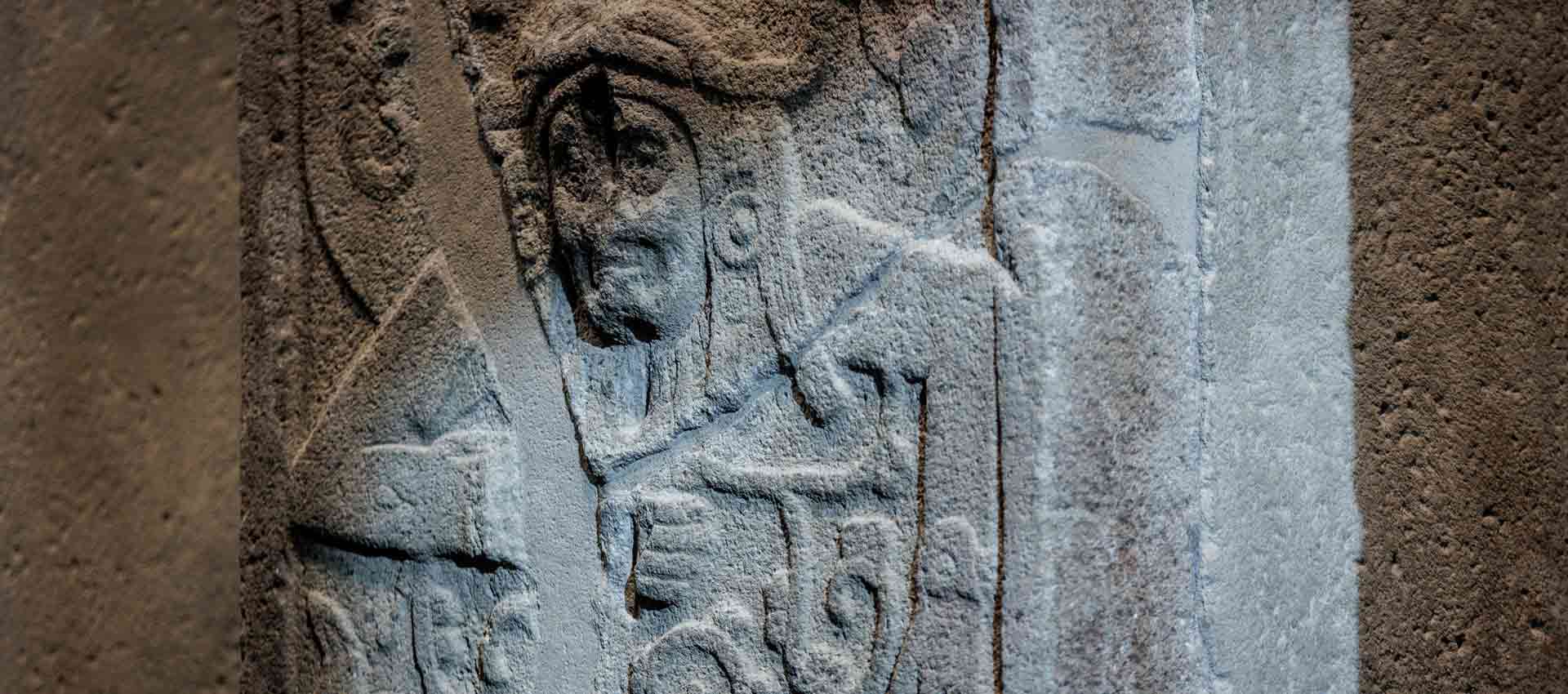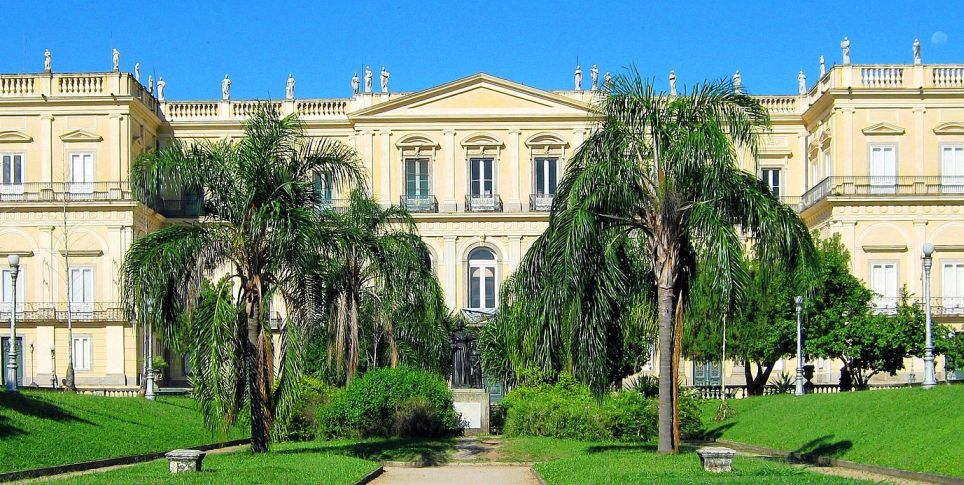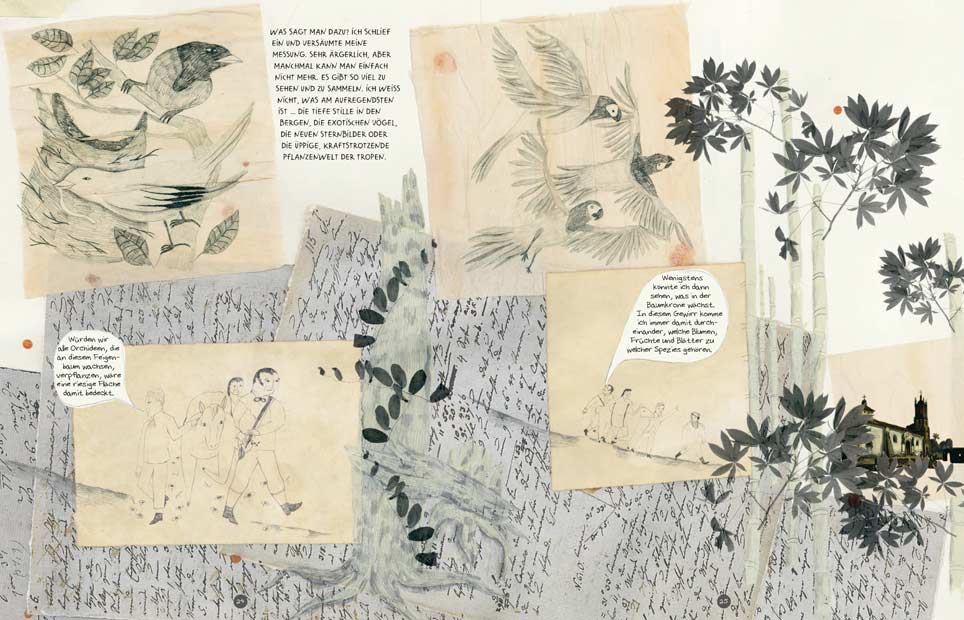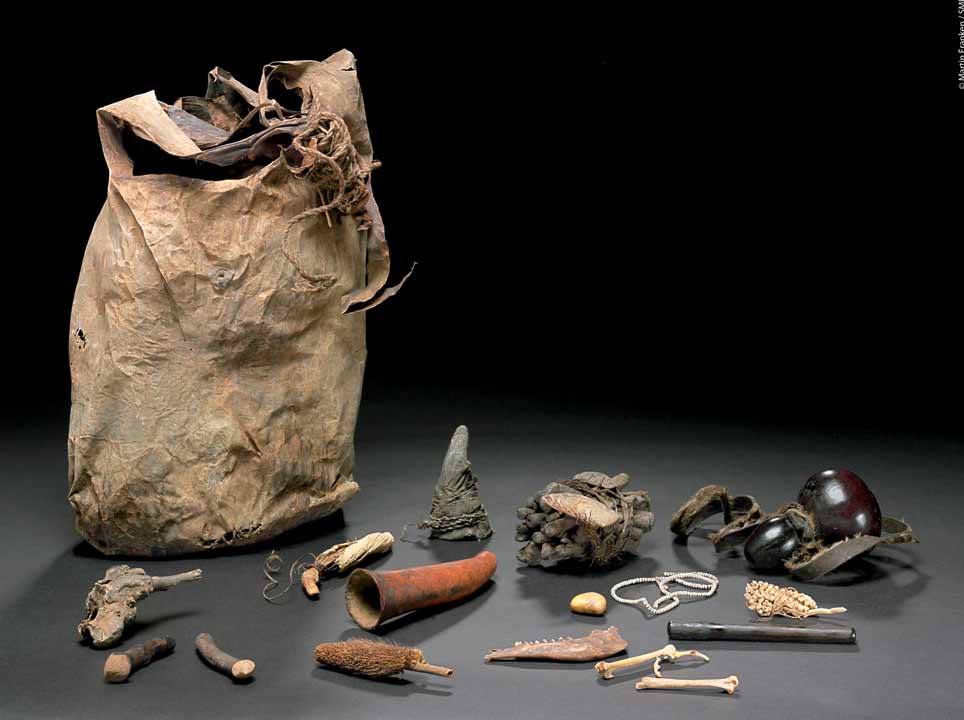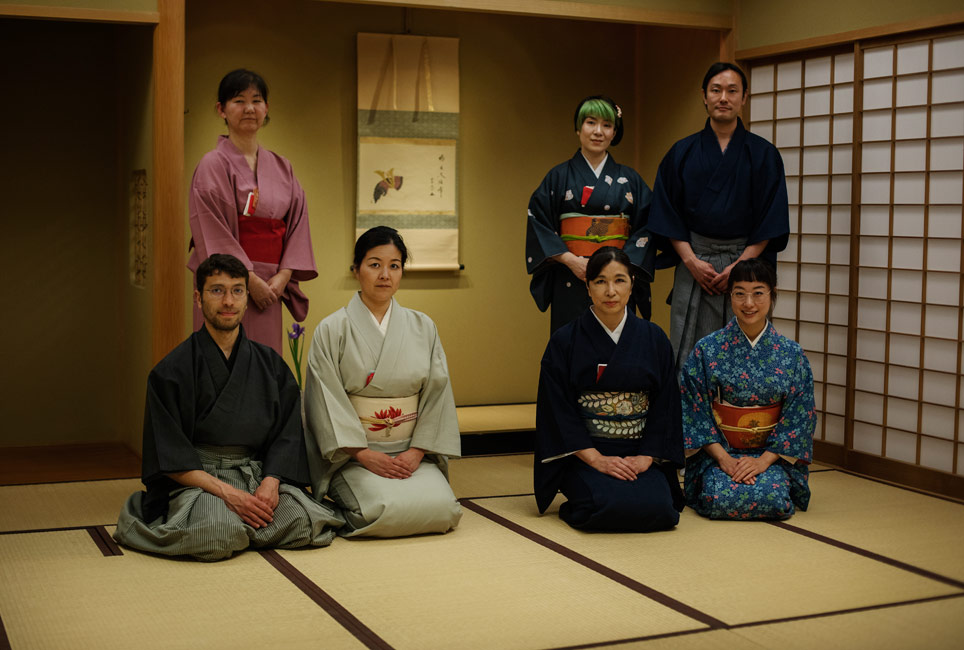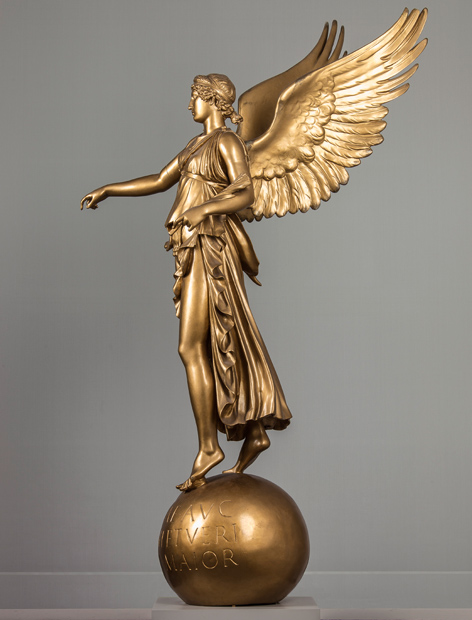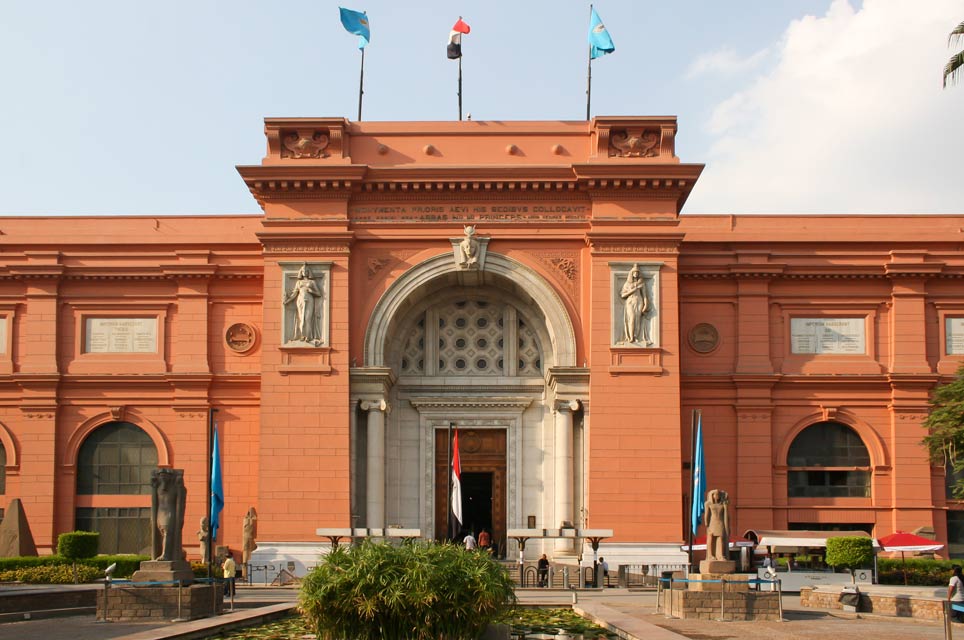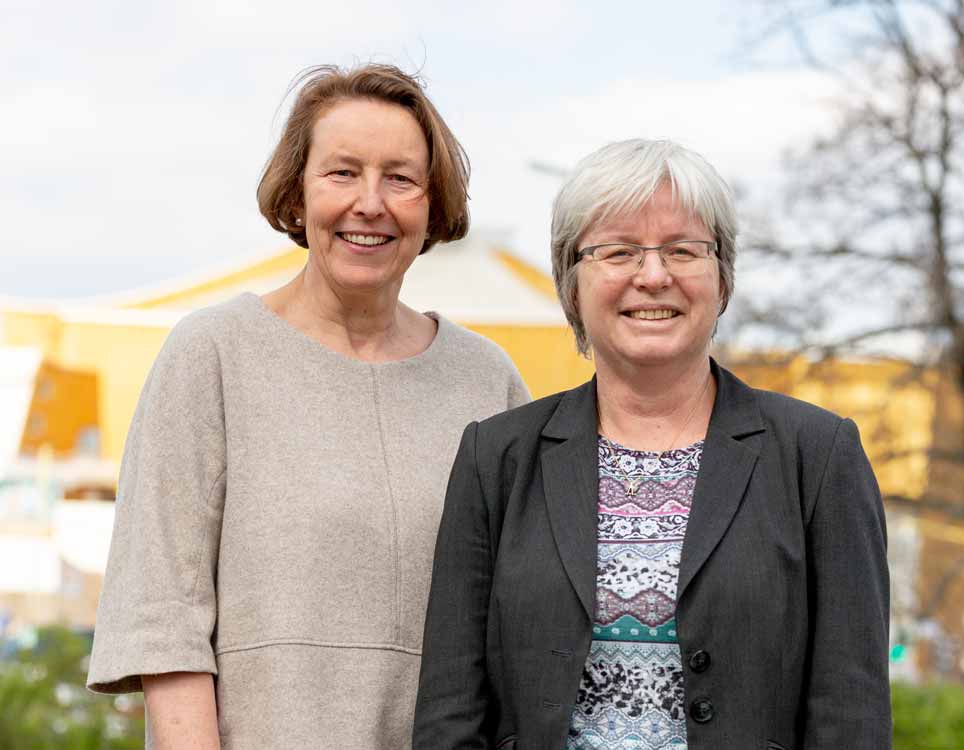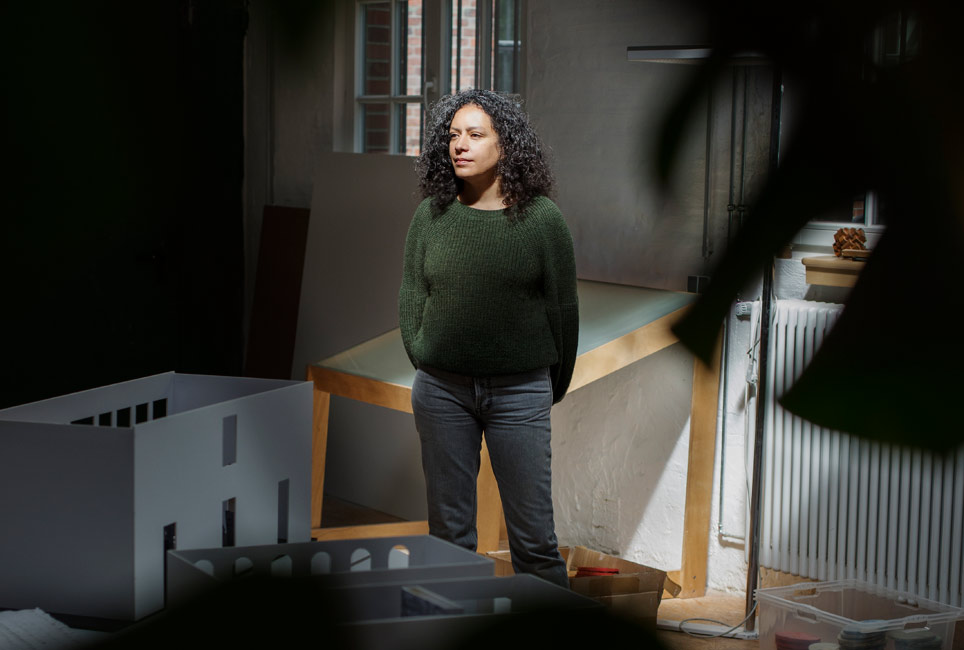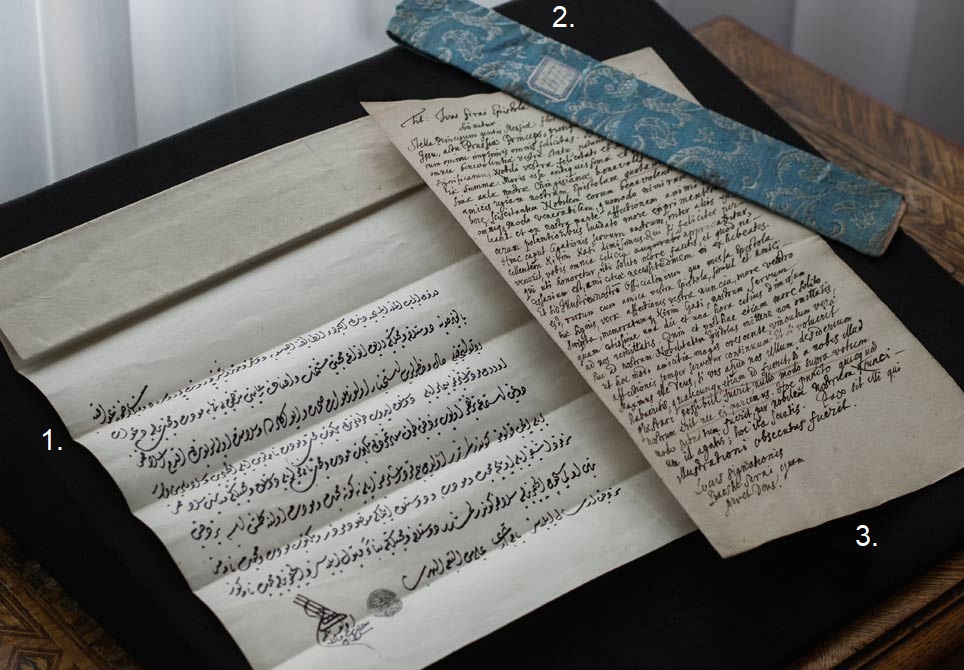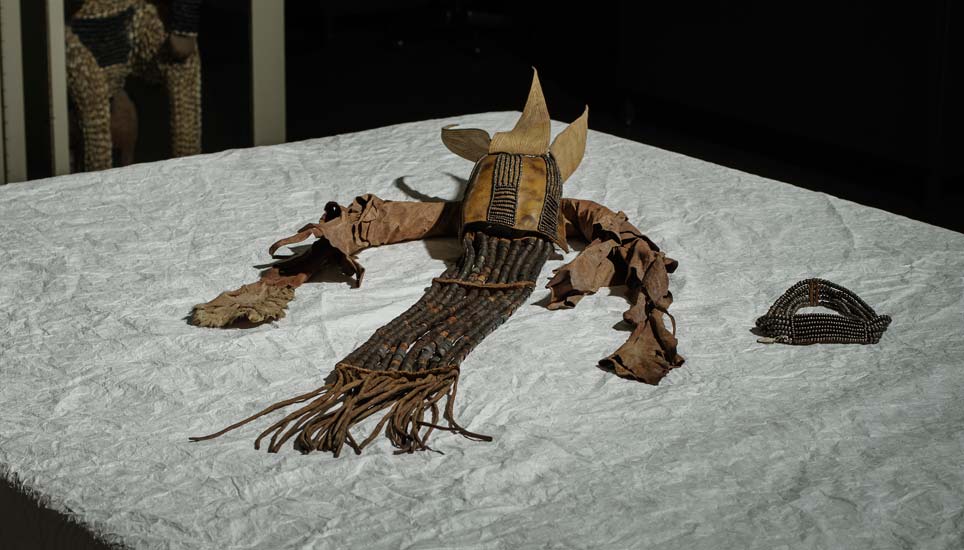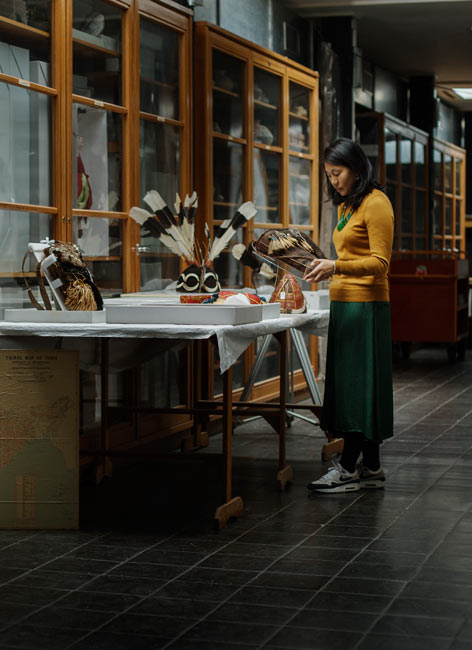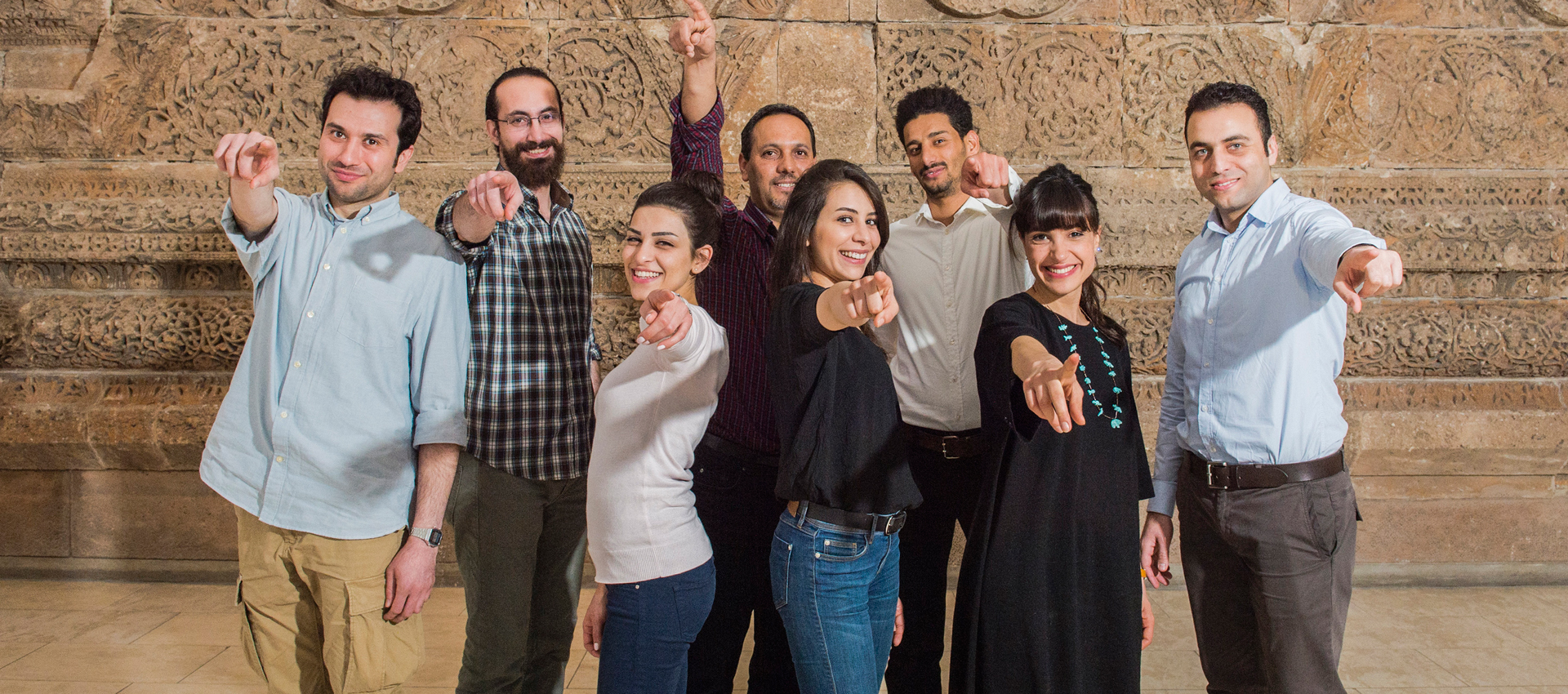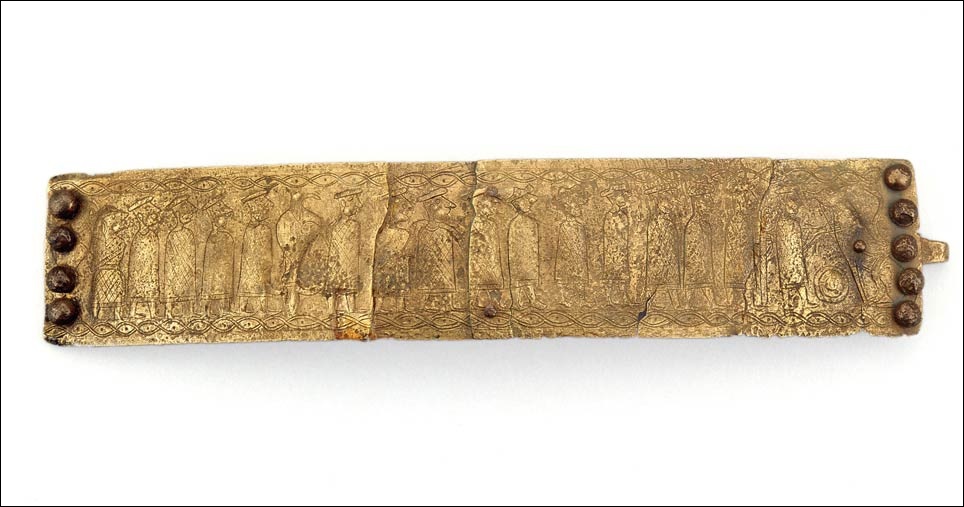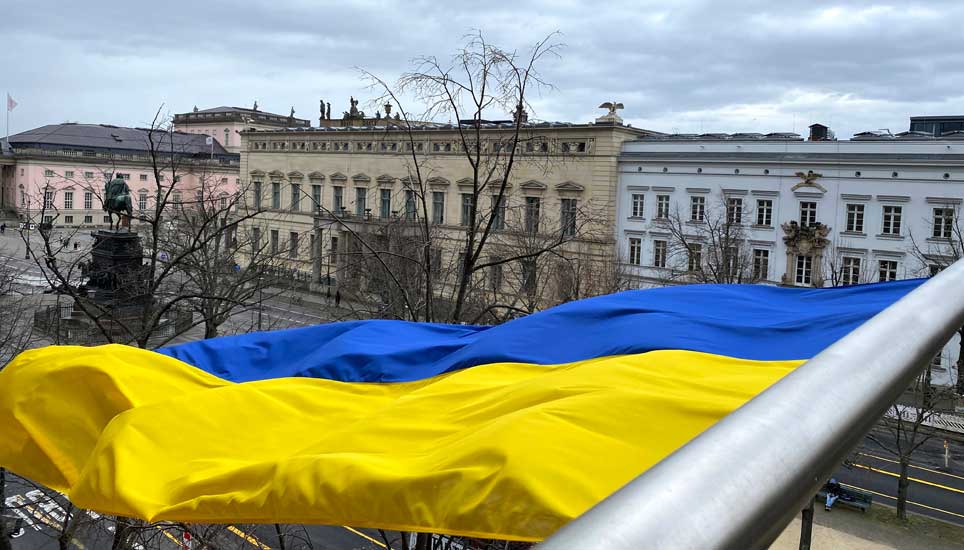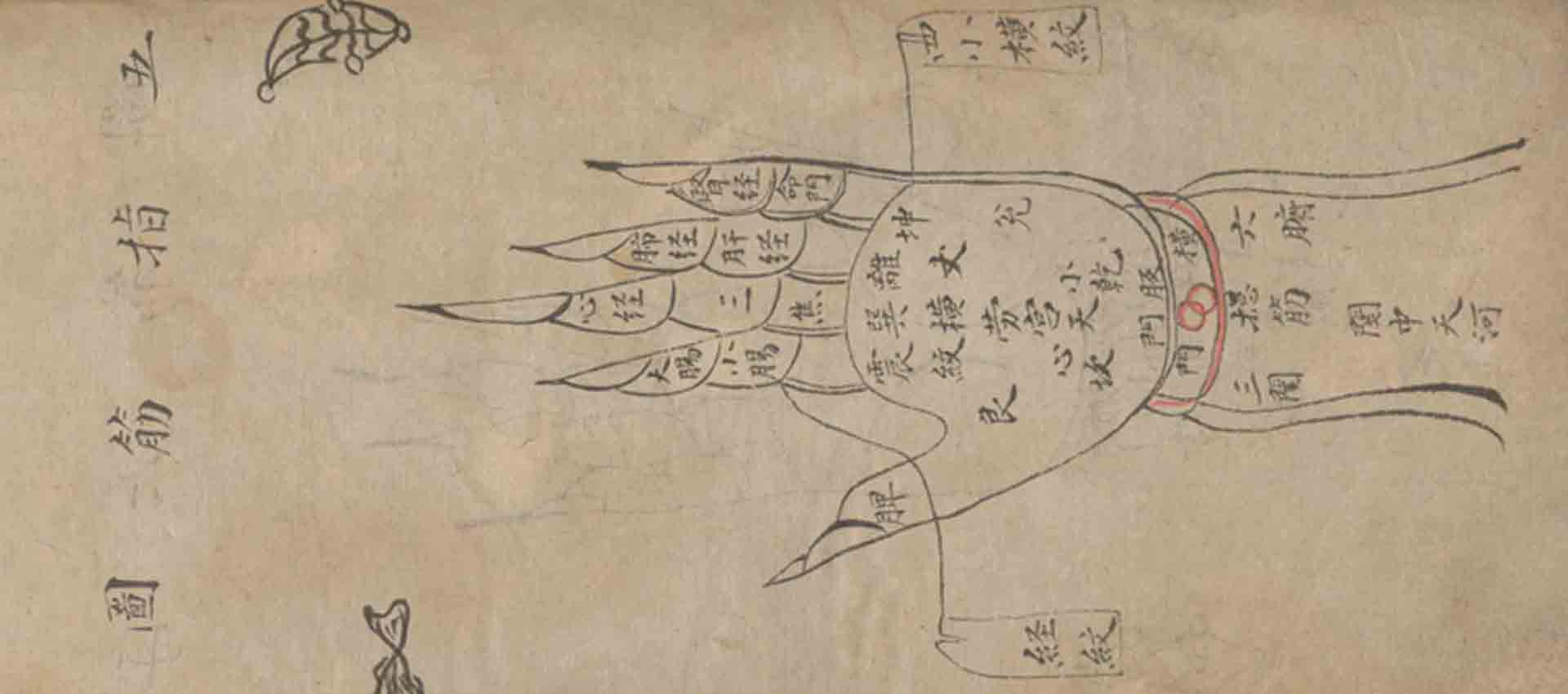The travelling researcher and Prussian string-puller is a kind of pillar saint of the SPK. Not without reason, as archivist Ingrid Männl shows in her new book: It conveys just how much Humboldt did for the collections. Based on his letters and expertises in the Geheimes Staatsarchiv (Secret State Archives), the book takes readers on a journey of discovery through the museums, libraries and archives of the SPK.
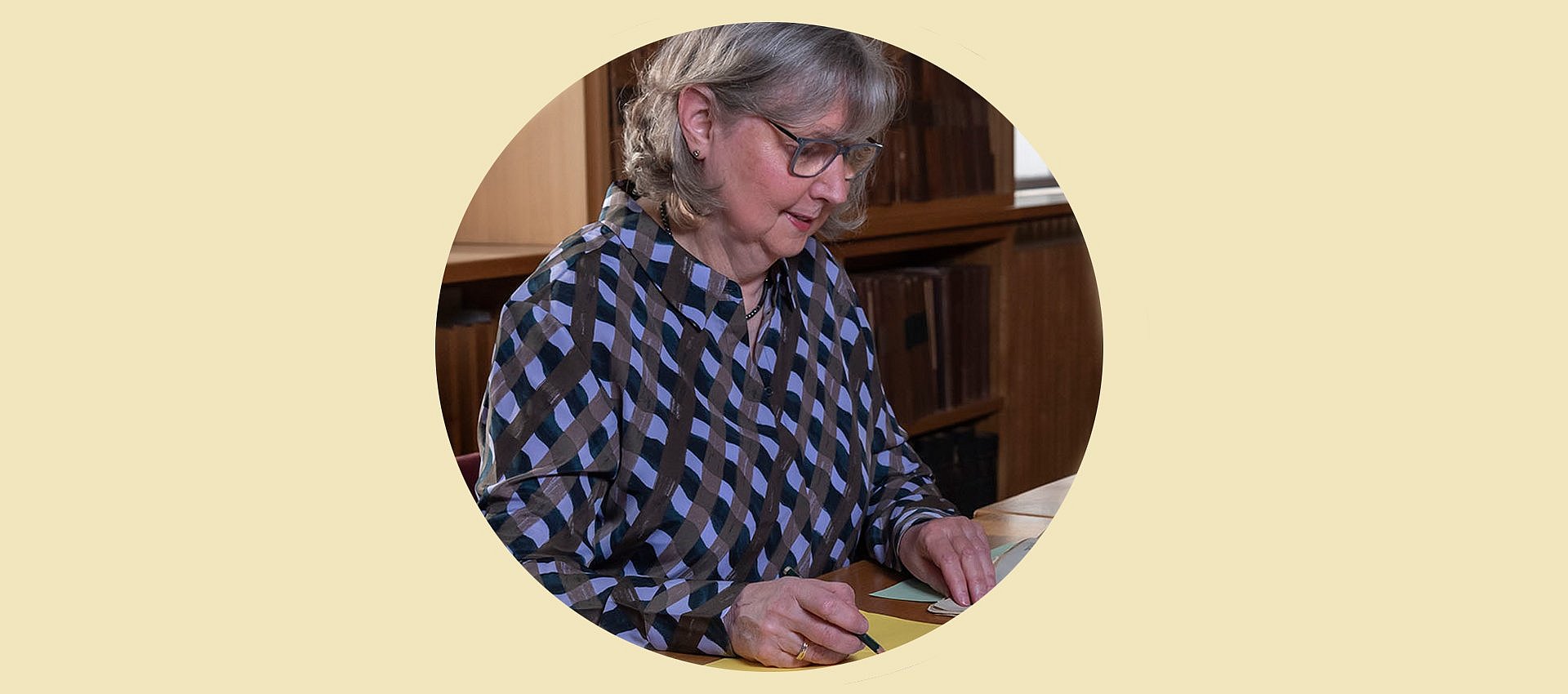
Ingrid Männl worked as a senior archivist at the Geheimes Staatsarchiv PK until 2024, where she was also responsible for public relations since 2000.
Photo: GStA PK / Christine Ziegler
How did you come up with the idea of researching Alexander von Humboldt?
Ingrid Männl: My involvement with Alexander von Humboldt did not begin with a research project, but with the task of making a contribution to the 250th anniversary of Alexander von Humboldt's birth as part of the Geheimes Staatsarchiv's public relations work.
Initially, I had thought about an exhibition of letters by Alexander and his brother Wilhelm in the archive. However, when I began to read Alexander's letters, I quickly realised what a special charm they had due to their elegant style, their pictorial language and their sometimes humorous expression.
This gave rise to the idea of creating three readings from the letters, which were presented to the public in the Humboldt Suite of the Westin Grand Hotel in the anniversary year 2019. In 2020, the then President of the SPK, Hermann Parzinger, then decided to develop one of the readings ("In Alexander von Humboldt's Footsteps at the SPK") into a publication.
How did you go about writing the book?
Männl : As soon as I started looking through the archives in question, I realised how important Humboldt's wide-ranging relationships with scientists, artists and diplomats were for his work. His membership of the large international networks that had developed at the centres of European cultural and academic life at the time in Rome and Paris seemed to me to be particularly significant.
The method of historical research into individuals, which I was already familiar with from my studies, was therefore an obvious choice for the next steps. I investigated individual areas in the museums (including Antikensammlung (Collection of Classical Antiquities), Gemäldegalerie ( Picture Gallery), Ägyptische Sammlung (Egyptian Collection)) and the library (e.g. Chinese and Oriental manuscripts) to find out which networks Humboldt was able to rely on when purchasing collections and acquiring manuscripts and books, and from there I followed the traces to the individual objects illustrated in my book.
How did Humboldt contribute to the development of Prussian cultural institutions?
Männl: Unlike his brother Wilhelm, who was section head in the Prussian Ministry of Culture and chairman of the commission to establish the Altes Museum, Alexander never held such an office. Nevertheless, in his function as royal chamberlain and as an advisor to the king in matters of art and science, he made a significant contribution to the development of Prussian cultural institutions by providing expert opinions on the purchase of collections and recommending the acquisition of manuscripts and books.
It cannot be denied that his commitment was also characterised by his own scholarly interests, such as building up a collection of South American landscape paintings. He also donated the objects, manuscripts and books he brought back from his research trips to America and Central Asia to the Royal Museums and the Royal Library.
How did Humboldt come to be involved in diplomatic tasks?
Männl: When Humboldt worked as Oberbergrat in Ansbach-Bayreuth in the 1790s, his duties also included diplomatic activities. He was called upon several times by his boss, the later State Chancellor Hardenberg, for diplomatic duties during the first revolutionary war against France.
Due to his special knowledge of France and his relationships with politically influential circles in Paris, where he lived from the end of 1807 to the spring of 1827, the Prussian kings also repeatedly entrusted him with diplomatic missions later on. As early as 1807, he accompanied Prince William to the negotiations he was to conduct with Napoleon on the high reparation payments to be made by Prussia. When Louis Philippe von Orleáns came to power in France as "Citizen King" in 1830, Humboldt initiated the first relations between him and the Prussian king.
Which aspects of Humboldt's work are still relevant today and what significance do they have for the SPK?
Männl: There are four main aspects of Humboldt's academic work and practice that are still relevant today, in the age of globalisation and in the modern knowledge society:
- Exchange with academics from abroad
- transdisciplinarity
- free and open access to knowledge
- a globally orientated understanding of science
All four aspects of Humboldt's academic work and practice are of great importance to the SPK, which realises numerous exhibition and research projects in cooperation with international partners, unites different branches of cultural heritage and various academic disciplines under one roof, is committed to the principles of "open access" and "open science" and sees the Humboldt Forum in particular as a central location for dialogue between the cultures of the world.
How is the SPK helping to preserve Alexander von Humboldt's legacy and make his significance for science and culture accessible to the public?
Männl: Between 2014 and 2017, the Staasbibliothek (State Library) digitised Alexander von Humboldt's American travel diaries, which were purchased by his heirs, and his estate, which is now partly kept in Berlin and partly in Krakow. This has made key sources on Alexander von Humboldt available to academics.
The great importance that he had for the development of the royal Prussian collections could certainly be communicated to the public and made more tangible through an exhibition of the relevant objects. This would also include the objects that were part of the original furnishings of the Altes Museum, which were publicised in newspaper reports even before it opened: an antique vase from the Koller Collection, the statue of a hermaphrodite purchased in Paris and Renaissance paintings acquired in Italy.
Why are Humboldt's letters in the GStA PK?
Männl: The Geheimes Staatsarchiv is only one of many places where Alexander von Humboldt's letters are kept. However, it is probably the repository with the densest collection. The letters are scattered among the ministerial papers and the estates of Prussian kings, ministers and envoys.
Their exact number is not yet known, as only some of them have been identified and published. For my retirement, I have therefore now set myself a project on the correspondence between Alexander von Humboldt and Friedrich Wilhelm III of Prussia, which I would like to realise in academic exchange with the Humboldt Research Centre at the Berlin-Brandenburg Academy of Sciences and Humanities (BBAW). Above all, I hope to gain more information about Humboldt's work after his return to Berlin in 1827, especially about his activities that go beyond his commitment to the museum and library.
What is your "favourite trace" of Humboldt and where does it lead?
Männl: My favourite trail to Humboldt naturally leads to the Geheime Staatsarchiv (Secret State Archives) and to the records of Frederick the Great's edition of his works. The fact that Humboldt was able to provide the editor of the new edition of his works with access to the sources in the Prussian archives on several occasions has already been sufficiently recognised as his achievement. He also emphasised the necessity of free access to the archives for scholars in his expert opinion on the political wills of Frederick the Great: "The archives must be opened in order to promote historical knowledge."
What was not known until then, however, was that Humboldt's skilful intervention with the Prussian king also prevented the edition from being limited to Frederick the Great's historical writings. The result was a new edition of his works comprising 30 volumes instead of 8.

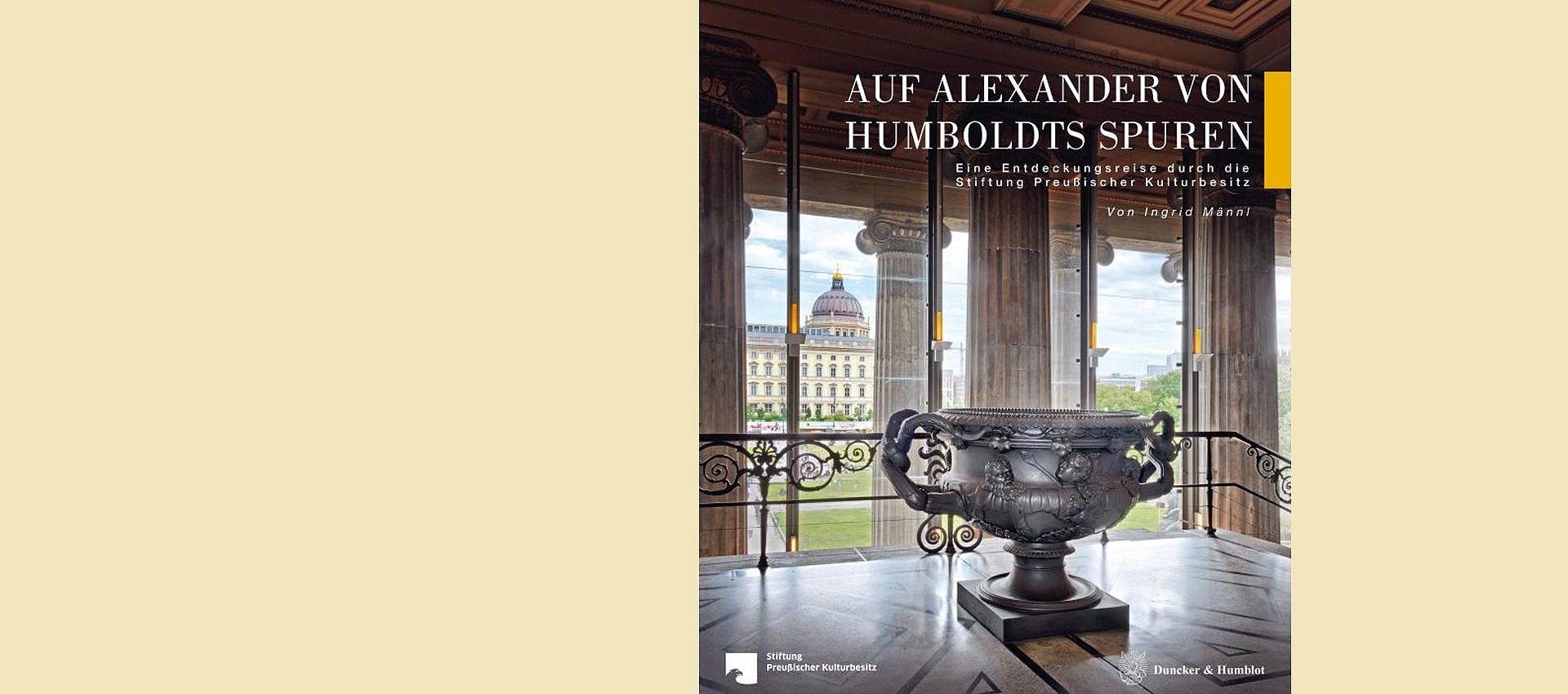
Ingrid Männl: Auf Alexander von Humboldts Spuren. Eine Entdeckungsreise durch die Stiftung Preußischer Kulturbesitz
Veröffentlichungen aus den Archiven Preußischer Kulturbesitz, Quellen (VAPKQ), Band 77, Berlin, Duncker & Humblot, 2025
Book: 49,90 €
ISBN 978-3-428-19505-3
Further links
- About the book: In Alexander von Humboldt's footsteps (hardcover edition, 268 p., 67 colour illustrations, 49,90€)
- News: In the footsteps of Alexander von Humboldt (4 June 2025)
- Farewell interview with Ingrid Männl: A life for Dahlem (10 July 2024)
- Website: Secret State Archives
- PORTAL - Alexander von Humboldt Portal
